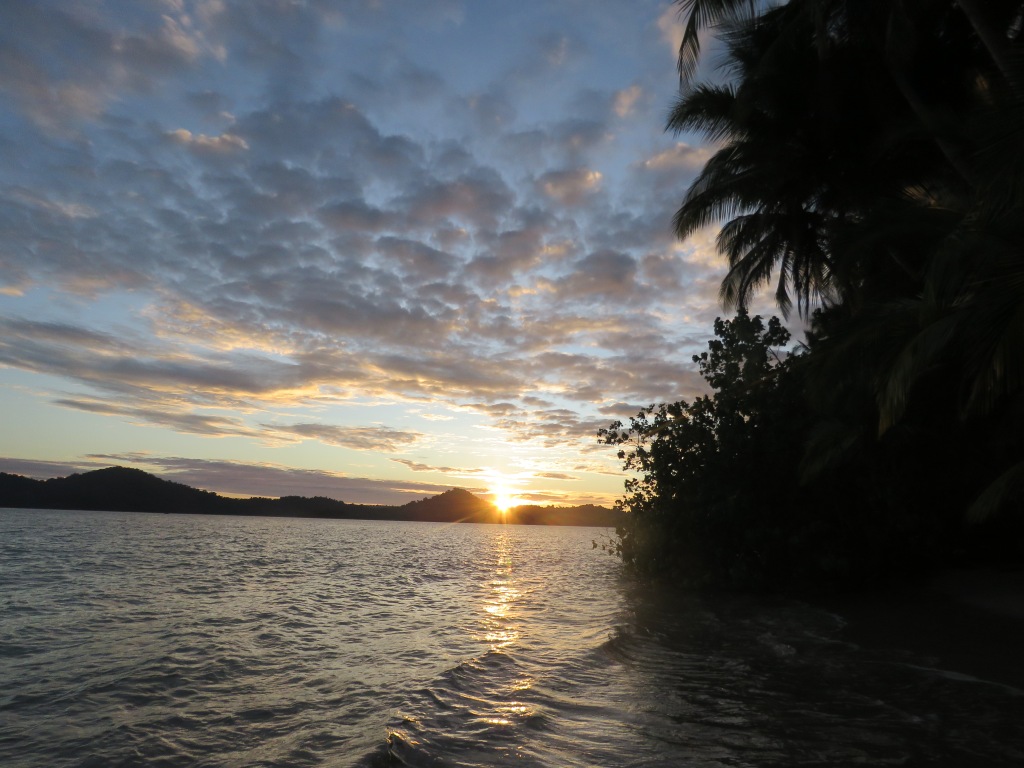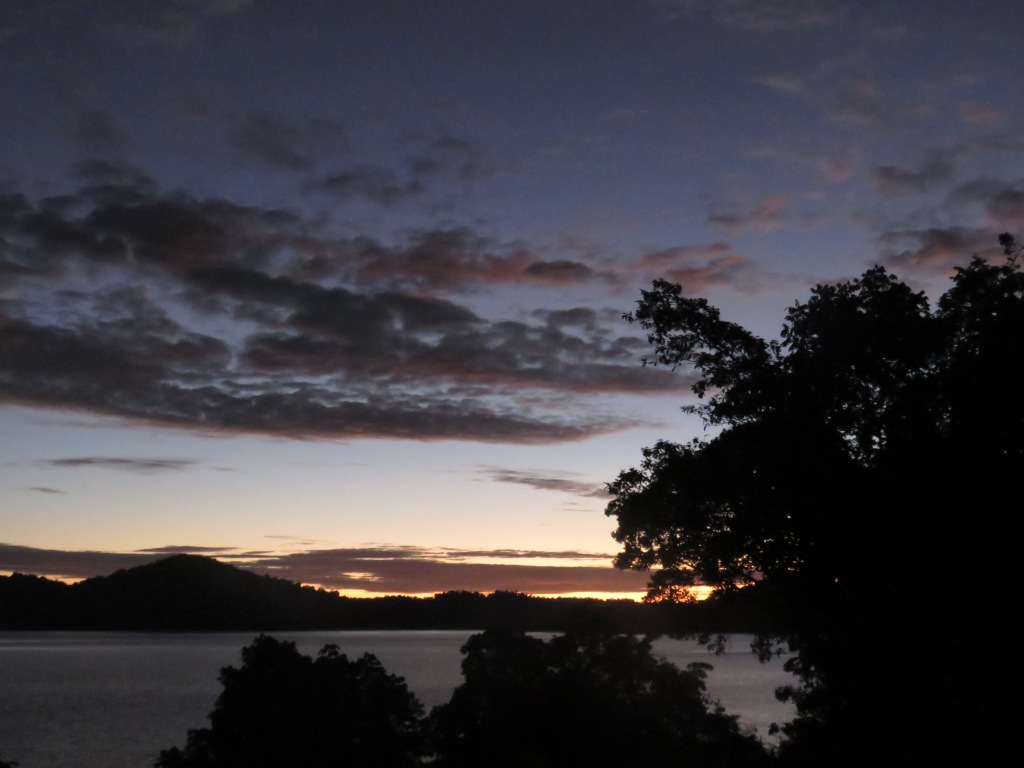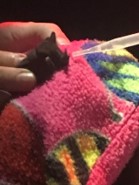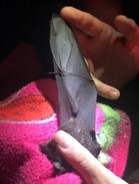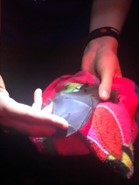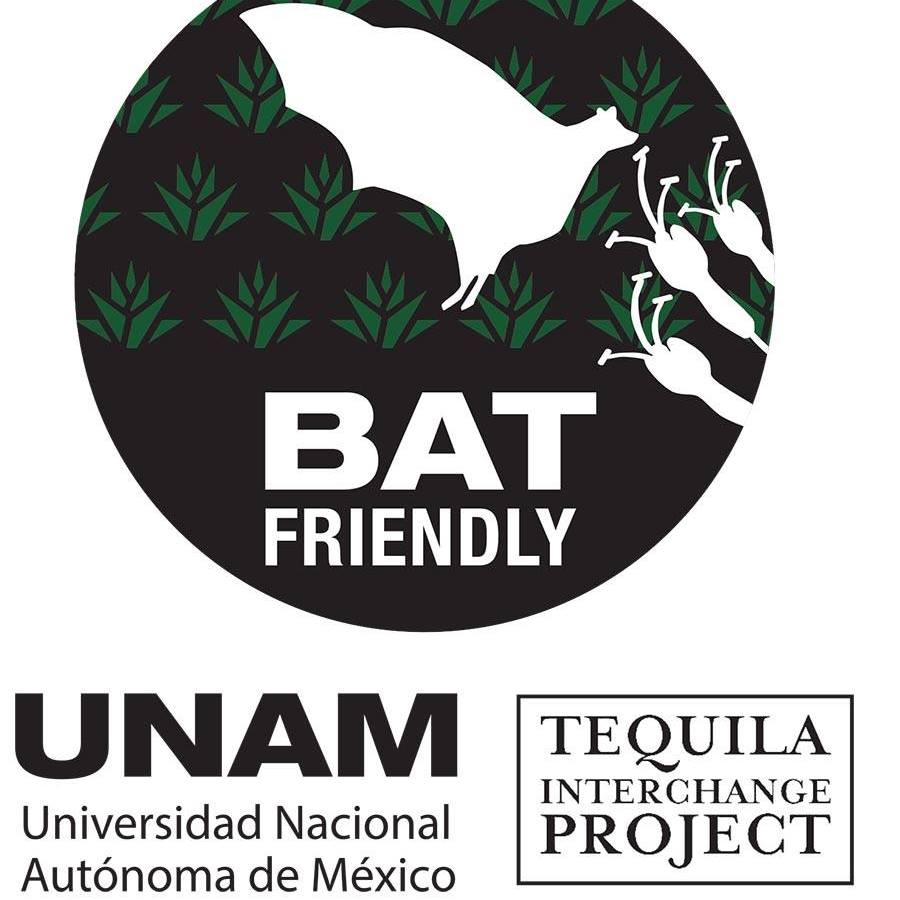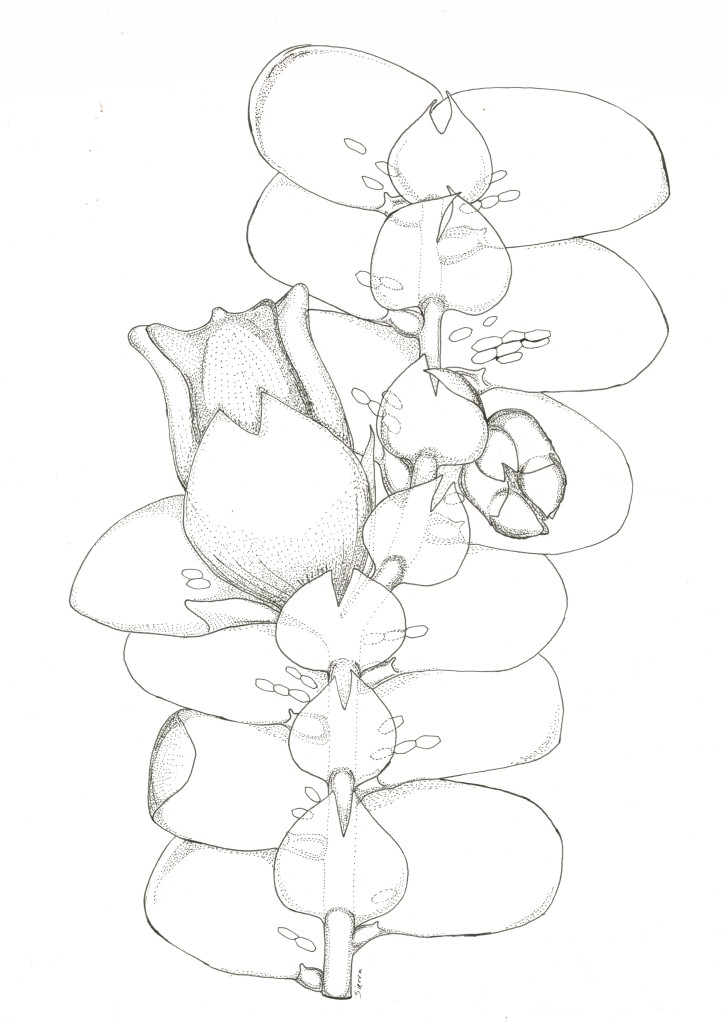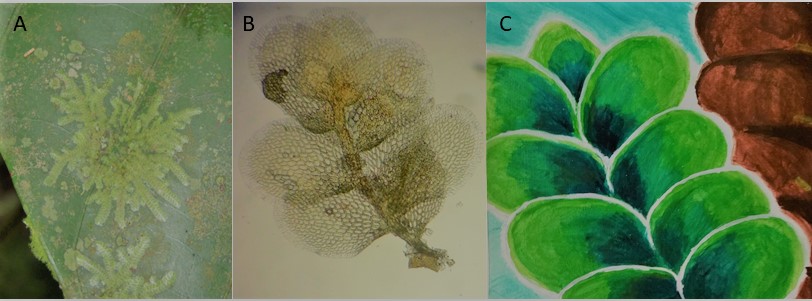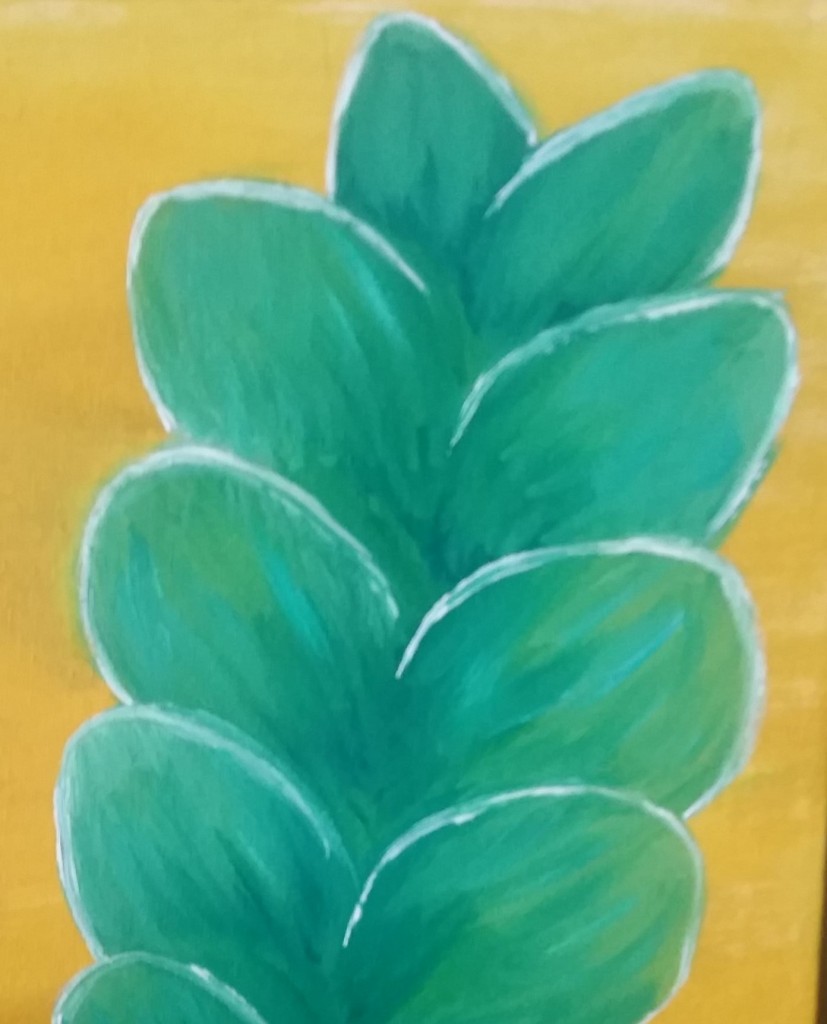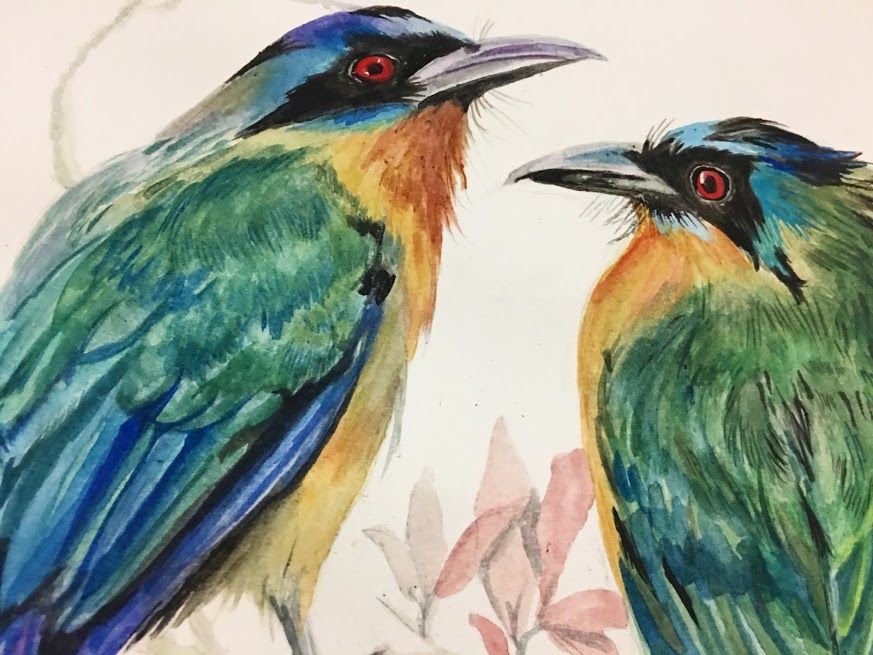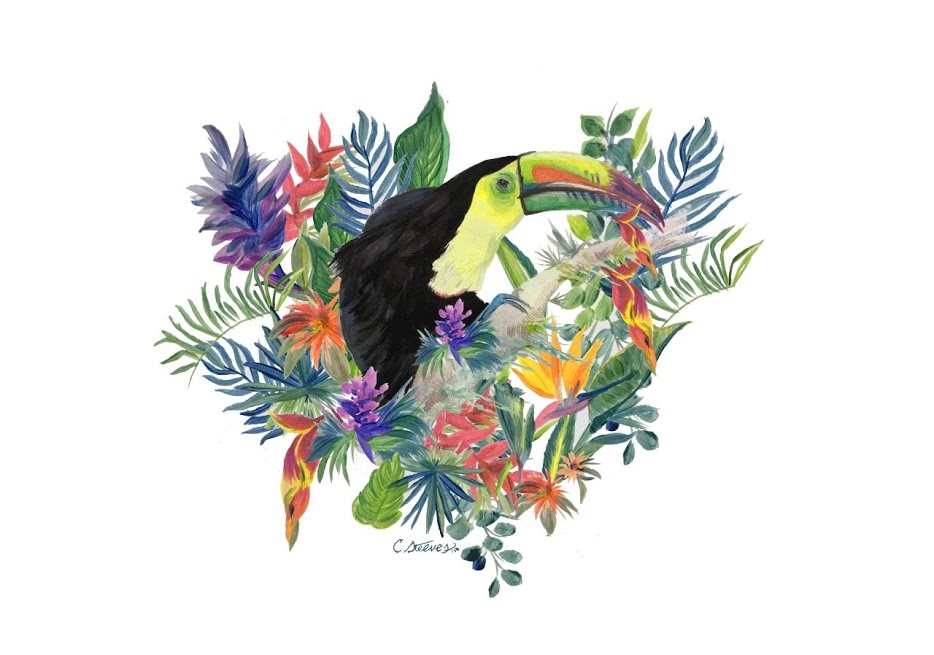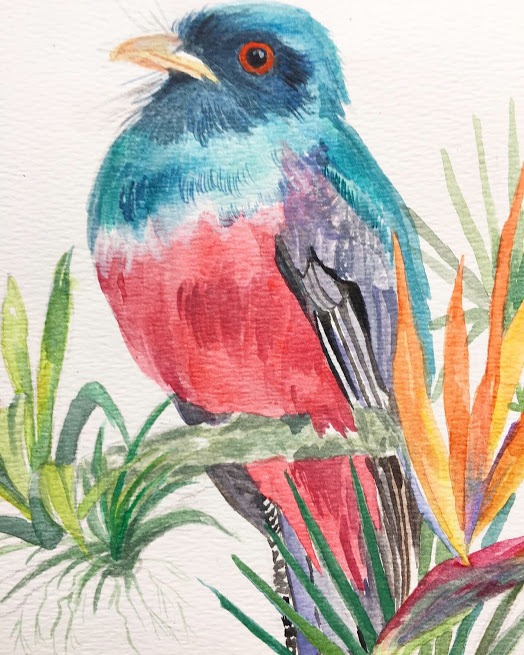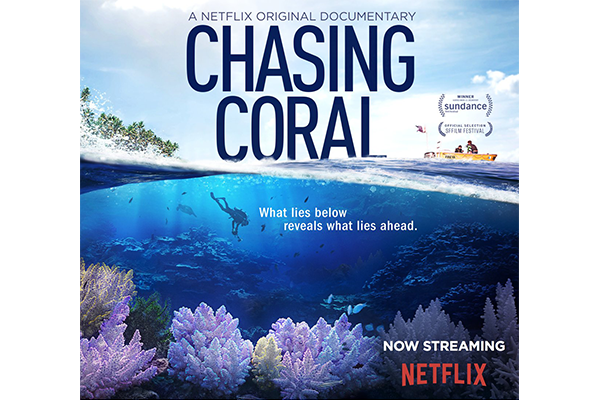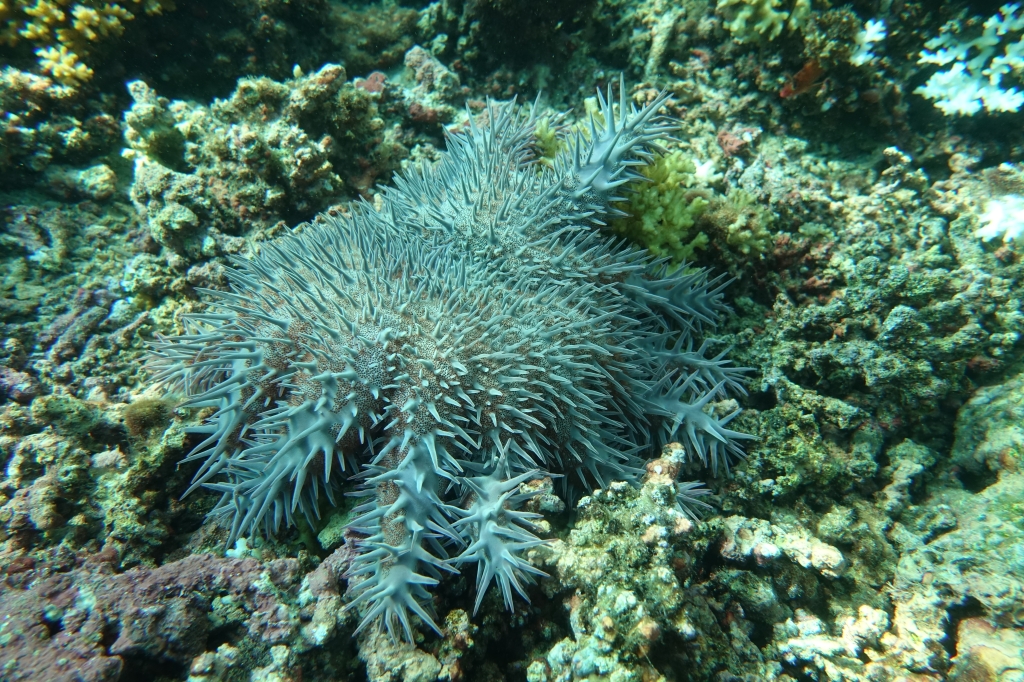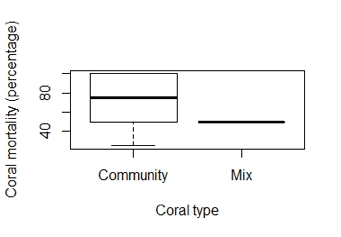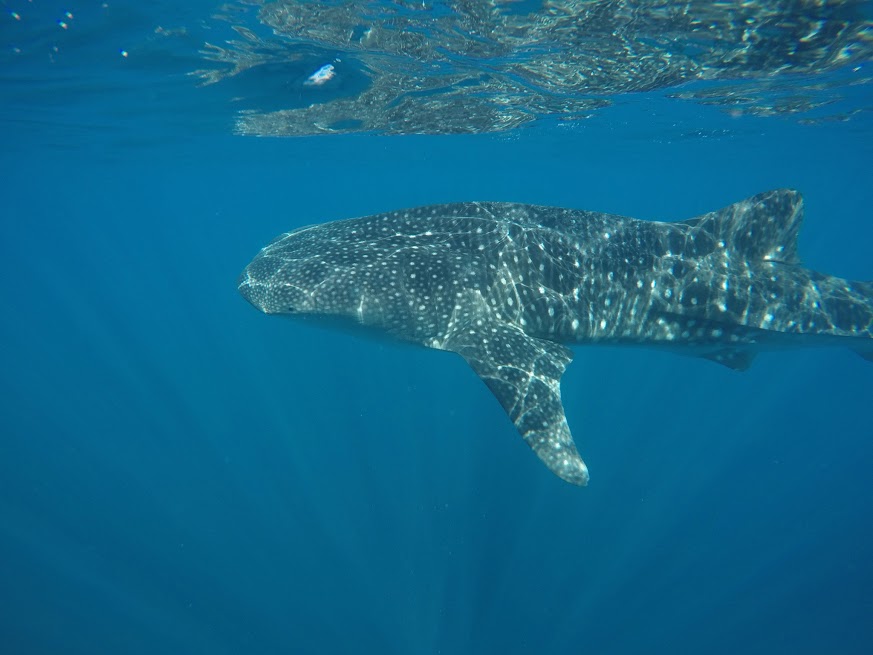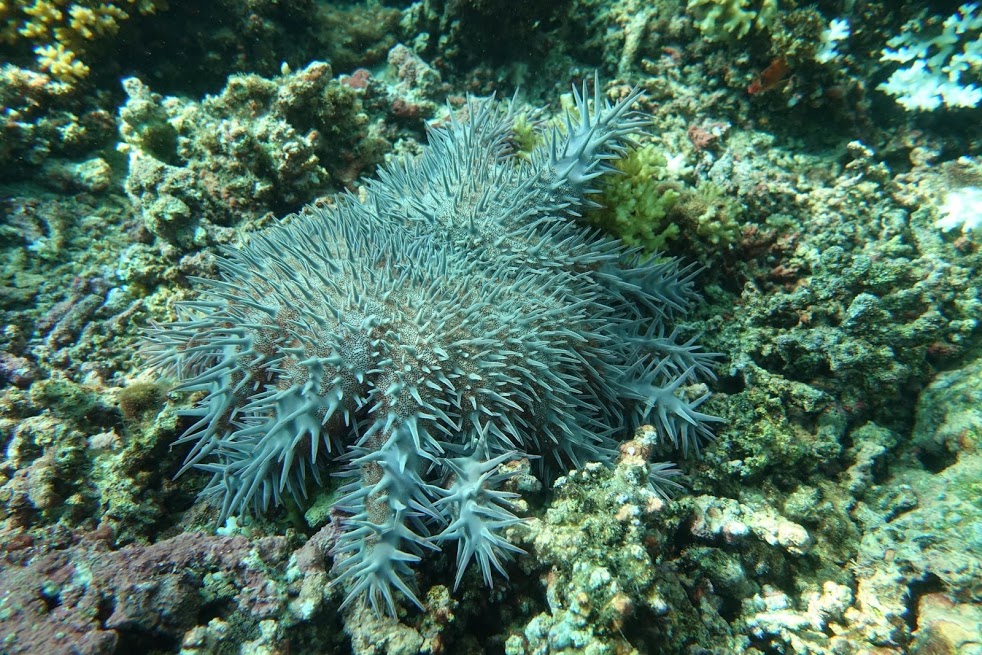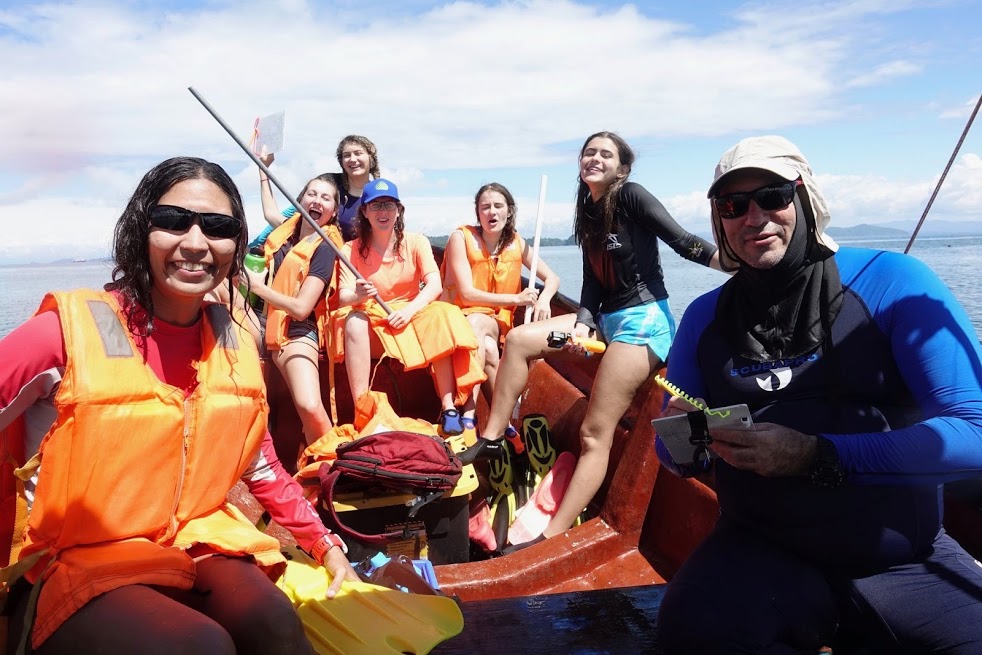Human self-complexity to camouflage complexity in natural evolution
By Daniela Mera & Dirley Cortés
Full House: the spread of excellence from Plato to Darwin (Gould, 1996). The world, organized through a progression in perfection. The scala naturae (Valdes, 1579): earth’s organisms organized according to an increasing scale of perfection from the least ‘perfect [simple]’ ones at the bottom to the most ‘perfect [complex]’ ones at the top. From Plato: nature being organized hierarchically, where things progress from simple to perfect (primitive to most advanced). The least perfect organisms share a degree of ‘complexity’ completely lesser compared to the most perfect ones, which share in turn a similar degree of ‘complexity’. No intermediary stages between these two. A direction in evolution is now conceived. To Darwin: gradual transformations and diversification. Misunderstanding represented in a number of books as a linear tendency. Origin of Species (Darwin, 1856), showing indeed a branching tree to explain how species originate. All organisms in the tree are equally evolved being influenced by natural selection. There is no a direction in evolution according to Darwin. Gradualism and linearity, a misconception during Darwin’s time: ape-to-human progression. All life is in turn related. ‘Species are not immutable’ (Darwin, 1844). There are changes over time in response to natural selection (even though no fossils were recognized at that time!).
All over the media, we see images like the ape-to-human straight line. Evolution follows a straight line based on those diagrams upon naked-eye observations. We see then the linear progression in complexity. Is it true that evolution embodies a trend? A tendency for earth’s organisms to ‘increase in anatomical complexity, or neurological elaboration, or size and flexibility or behavioral repertoire, or any criterion obviously concocted (if we would only be honest and introspective enough about our motives) to place Homo sapiens a top a supposed heap”?(Gould, 1996, p. 19). Another way of drawing this ‘progression in perfection’ path is by a pyramid, ‘with man, the most complex but least numerous organism, at the apex, and viruses, the most numerous but least complex organisms, at the base’ (Gould, 1996, p. 25). So, how is that ‘a few creatures have evolved greater complexity in the only direction open to variation [?]. The mode has remained rock-solid on bacteria throughout the history of life -and bacteria, by any reasonable criterion, were in the beginning, are now, and ever shall be the most successful organisms on earth’ (Gould, 1996 p. 38). Now think about this for a moment, and realize that the claim about an increase in complexity of life reflecting a drive to progress in evolution is a tremendous fallacy. Nobody more assertive than S.J. Gould to describe it with such prose:
‘Natural evolution includes no principle of predictable progress or movement to greater complexity. But cultural change is potentially progressive or self-complexifying because Lamarckian inheritance accumulates favorable innovations by direct transmission, and amalgamation of traditions allows any culture to choose and join the most useful inventions of several separate societies’ (Gould, 1996 p. 222).
That is why we must examine the ‘full house’ of the total system of a biological system, and not only a narrow aspect of it (Gould, 1996; Weijer, 1997).
Here is how our reflection of the Complexity of Life started and what we did learn from it.
“Complexity” is defined by the Cambridge dictionary as the ‘quality or condition of being difficult to understand’, while other general definitions state that complexity means lacking simplicity. Specific definitions based on the theory of systems incorporate more details to the general definition of complexity in order to quantify somehow such convoluted characteristics (Baeta and Montero 2006). Do these definitions integrate complexity in natural evolution?
Over dinner in the Gamboa schoolhouse, some people came up with some exciting questions in-depth related to how we define ‘complexity’. What is a complex organism? What is complex in a complex world? Are some organisms more complex than others? Are we biased when we talk about complexity?
In the discussion we had, we realized that scientists use the word ‘complexity’ indiscriminately and without paying much attention, and we talk about complex patterns, complex systems, complex communication signals, complex physiological mechanisms, etc. However, what do we mean accurately by ‘complexity’?
Despite the fact that some people think that complexity is measurable, complexity is still very ambiguous and subjective. This was reflected in our conversation in which some of us were arguing that humans are the most complex organism in the tree of life due to the communication capabilities of humans (speaking multiple languages and having a ‘unique’ brain), for being aware of their owns existence along with doing research about surrounding species, for making world impact decisions, and being able to live in societies, among others. These morphological and behavioral capacities place humans -based on our discussion classmates- on top of the complexity pyramid.
If we mention remarkable features of the human species, we can also highlight a few other species’ impressive capabilities. For instance, some type of bacteria are able to survive 100°C temperatures (e.g. Wharton, 2004), some fish species lice in the dark depth of the ocean (e.g. Hornung et al. 2003), and a few locusts are able to fly 4,500 km in 10 days (e.g. Hunter 2004). All of these characteristics are unique to those groups, and compared to human species, advantages and disadvantages can be recognized with ease. As differences came up, we cannot acknowledge that humans are less complex because of the fact they lack these characteristics. How would you argue here against this thesis when most of we see on media or vaguely read in books and blogs or even hear from colleagues shows the opposite?
Something to be considered that afternoon and which we need to take with caution here is the human egocentrism (should we then call it as self-complexity?). Probably, because a social/cultural reasons, we consider (and we wish) ourselves to be on top of anything being then more important than everything. This anthropocentric behavior probably also drives our actions and decisions regarding how we inhabit, share and behave towards other earth’s organisms, their environment, and even other humans!
After a chaotic initial discussion, we could not get to a consensus! Some of us disagreed with this previous idea mostly because we find really mistaken to consider a ‘progression-in-perfection hierarchy’ within earth’s organisms displaying in the tree of life. As previous brilliant minds pointed out before (e.g. C. Darwin and S.J. Gould), we think that evolution is not linear, that there is not such complexity in that path, and that conceiving a trend in life forms is inaccurate and lacked ‘full house’ attributes. Instead, we see diversification (and innovations) of life forms, exhibiting protuberant and protruding branches following several paths. So, finding a more complex clade on top of it is highly dubious.
A final aspect to reflect from is that some people consider humans to be on top of the complexity scale, probably because they are the best known and studied species worldwide (e.g. 3’575.260 documents for humans vs. 2’445.892 for category-plants vs. 1’975.535 for mice, Feb 2020). Humans have been always concerned about their own survival as well as questioning their own existence. However, we cannot underestimate other organisms’ complexity because of our lacking of knowledge about the indisputable other 99.99% of extant and extinct species natural history!
In conclusion, we consider that complexity is by itself a characteristic of every organism in the tree of life. From the very small inconspicuous bacteria to the marine mammal megafauna, including all different kind of ecological interconnections within them, taking different paths along the tree branches, placed over a micro to macro spatiotemporal scales and being permeated by atoms and linked to the galaxies, it is alarming, inconceivable, nonsense, and even funny to this point, to grant a single species with the attribute of being either complex or simple without considering a holistic vision of evolution, the ‘full house’ of the total system of a biological system. If we rather prefer to opt for a <human self-complexity to camouflage complexity in natural evolution> perspective, then we see a predictable (and needless to say) trend here, at least for us.
References
Baeta C., Monteiro F. 2006. O que há de complexo no mundo complexo? Niklas Luhmann e a Teoria dos Sistemas Sociais. Sociologias. http://dx.doi.org/10.1590/S1517-45222006000100007
Darwin, C. 1856. On the Origin of Species by Means of Natural Selection, or the preservation of favoured races in the struggle for life. (1809-1882). London: John Murray.
Darwin, C. 1844. In letters. The foundations of the Origin of Species. Cambridge: Cambridge University Press. https://www.darwinproject.ac.uk/letters/darwins-life-letters/darwin-letters-1844-1846-building-scientific-network
Gould, S. Jay. 1996. Full House : The Spread of Excellence from Plato to Darwin, 1st ed. Harmony Books, New York, pp.
Hornung H., Sukenik A., Gabrielides G. 2003. Distribution and composition of fatty acids in muscle lipids of inshore fish and deep water sharks from the eastern Mediterranean. Marine Pollution Bulletin. 28(7): 448-450
Hunter D. 2004. Advances in the control of locusts (Orthoptera: Acrididae) in eastern Australia: from crop protection to preventive control. Australian Journal of entomology. 43 (3): 293-303 https://doi.org/10.1111/j.1326-6756.2004.00433.x
Hornung H., Sukenik A., Gabrielides G. 2003. Distribution and composition of fatty acids in muscle lipids of inshore fish and deep water sharks from the eastern Mediterranean. Marine Pollution Bulletin. 28(7): 448-450
Valdes, D. 1579. Scala naturae. Rhetorica Christiana. From the original held by the Dep. Sp. Col. Herburgh Libraries of the University of Notre Dame.
Wharton D. Life at the limits. Organisms in extreme environments. Department of zoology. University of Otago. New Zealand. Cambridge University press. pp. 87
Weijer, C. 1997. Full House: The Spread of Excellence from Plato to Darwin. BMJ, 314 (7082), p.761.
